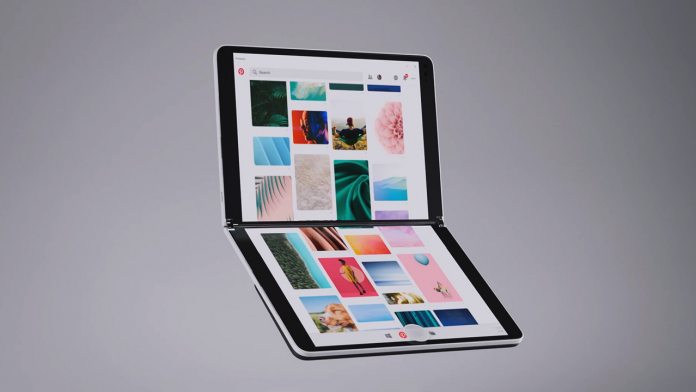The patent is particularly topical now that we have concrete confirmation that the company will release a dual-screen Windows device. The Surface Neo places two thin-bezel displays together with a 360-degree hinge and magnetic keyboard. Alongside the Surface Duo, its set to be a major shakeup in the company’s hardware lineup, but it comes with its own challenges. “The behavior of some devices is difficult to represent on existing emulators in a form that can be quickly and easily understood by developers and testers,” explains the patent. “For example, if the device on which the emulator is run does not include all of the input devices or output devices included in the emulated existing emulators may not accurately represent the experience.” The challenge of developing for dual-screen is a major reason behind Microsoft’s decision to announce its devices a year before their launch. The proposed emulator would render a 3D representation of a multi-screen device so developers can see exactly what their app looks like in practice. It also mentions devices with ‘structural support’ for accelerometers and other sensors and a sensor area that includes front-facing and RGB cameras. In one implementation, the tool would even be able to emulate three or four screens, which is quite forward-thinking. The natural question is why such an emulator hasn’t been made available to developers. Now that the cat is out of the bag, Microsoft is wanting as many to build apps for its new form-factor as possible, so an emulator would make good sense. Unfortunately, the sad reality is that many patents don’t make it to market, either because their ideas don’t work well in practice or they run into technical problems. It’s definitely possible that we’ll see this emulator at a later date, but the patent publication is neither a confirmation or a denial.




